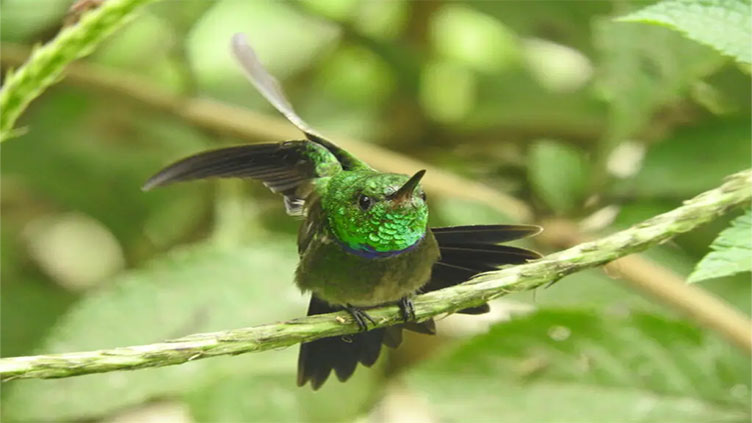This AI tool can 'hear' the health of a forest

Technology
New artificial intelligence algorithm may be able to do the trick, just by listening
(Web Desk) - The tool provides a cheap and easy way to track forest restoration projects.
Healthy forests just sound different than degraded ones, full of squawks, squeals, trills and yelps of a diversity of critters that leave when trees get cut down.
Taking stock of all the creatures creating that cacophony can be tricky for human researchers. But a new artificial intelligence algorithm may be able to do the trick, just by listening.
The new AI largely matched expert assessments of biodiversity across both recently degraded forests and old, healthy ones, researchers report in the journal Nature.
The tool could be a cheap and effective way to track whether forest restoration and conservation plans are actually working.
As governments move to conserve and restore forests to fight climate change and the extinction crisis, “large-scale restoration projects are becoming increasingly common,” the authors write.
“Yet, their success is far from guaranteed and often controversial.”
Tree-planting initiatives like the One Trillion Tree project are buzzy, but tend to be abandoned or focus on monoculturing — planting one tree species — and not on bolstering biodiversity.
Keeping tabs on the different projects can boost their chances of success, but it's both difficult and expensive to take a regular census of all the life in a given area.
Using an AI that can hear the sounds coming from a plot offers a tantalizing shortcut.
Scientists can analyze sound data in different ways — looking at the frequency of sounds, for example, or how complex they are.
So the researchers developed an AI that combined many different ways of analyzing sound data to monitor biodiversity across different contexts, and even provide information on species that don’t make a lot of noise.
They tested the AI on recordings of 43 different plots in Ecuador at different stages of forest regrowth, from active cacao plantations and pastures to old-growth forest.
They then compared the AI’s predictions of biodiversity levels at each plot to biologists’ field assessments.


